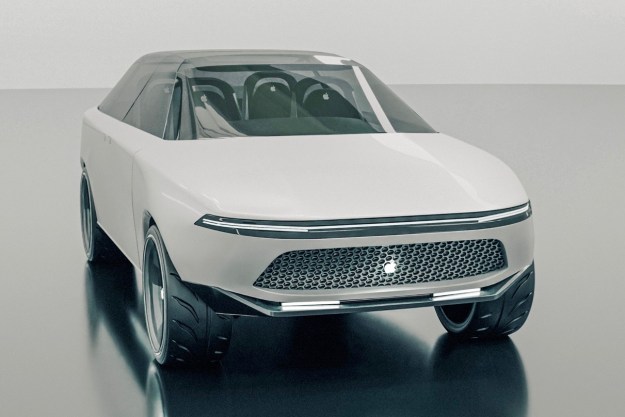
The U.K. government has previously expressed encouragement for carmakers to test autonomous vehicle technology in the country as it looks to stay competitive with other tech hubs around the world. And given that the self-driving car market is expected to be worth some $1.1 trillion within the next decade, it looks like Britain is hoping to cash in early.
“With future models secured and cutting-edge innovation being developed right here in the U.K., we’re looking forward to a strong future of designing, engineering, and manufacturing in the country for customers right across the world,” said Nissan Europe Chairman Paul Willcox. Nissan also recently revealed plans to build two new cars in the U.K., as it further deepens its relationship with the country (already, the company makes around a third of all its vehicles in Britain).
The Japanese car company announced that a modified version of its electric Leaf car would begin real-world tests in London in the next month, with these self-driving tests serving as the first such instances on public European roads.
Although Nissan has previously tested self-driving cars, this will be the most robust of its trials to date. Previously, it demoed its Piloted Drive feature, which is slated to become a fully autonomous driving system available in vehicles by 2020.
By next year, Nissan also plans to introduce another version of its autonomous technology, which will include multi-lane highway autonomous mode, and this too ought to be made widely available by 2020.
So if you’re waiting for the day when you can just sit in a car and have it take you places (even as you sit in the driver’s seat), it looks like that day isn’t so far away after all.
Editors' Recommendations
- Tesla Autopilot vs. full self-driving: What’s the difference?
- Dubai Police to deploy driverless patrol cars with AI smarts
- An autonomous car in San Francisco got stuck in wet concrete
- Autonomous cars confused by San Francisco’s fog
- Is Tesla Full Self-Driving worth it?


